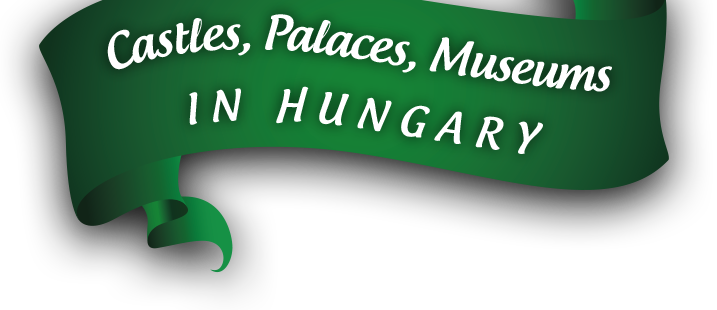It was built int he 9th century, it stands on the hill above Danube river, it is situated on an important crossroad of the ancient routes. First traces of the settlement ont he hill stretch back to the Stone and Bronze Age. The place had its strategic geographical importance int he period of the Great Moravian Empire. In the 9th century there was a chateau building and basilica on the site of today’s castle area. From the 11th century the area of Slovakia was the part of the Hungarian Kingdom. The architecture of the castle is mainly affected by amendments and reconstructions in Gothic and Renaissance periods and during Empress Maria Teresa’ reign (1740-1780). Since the 16 th century when Bratislava / Pozsony/ had become Hungarian coronation city for 200 years, the castles was the residence of the Hungarian King.The main castle building includes 4 towers. The tallest one is on the southwest corner, called „Crown Tower”, and it is an observatory with a beautiful view on the whole Bratislava, Danube and Austria as well. Via a narrow passage can get in the Castle Museum of History.
The museum houses the following expositions: ’Historical Furniture and Equipment’, ’The Jewelry of Slovakia Distant Past’ and ’The Silver Treasure’. Bratislava Castle is the site of the Historical Museum, a branch of the Slovak National Museum. This is the largest cultural institution int he country. It was established in Bratislava in 1940. Nowadays the museum is the most significant institution focusing on scientific research and cultural education. The Slovak National Gallery founded in 1948, is the biggest network of galleries in Slovakia. Two displays in Bratislava are situated in Esterházy Palace and the Water Barracks. They are located on the Danube riverfront in the Old Town.
More information: www.bratislava.com; www.slovakia.com; www.museum.sk; www.snm.sk
